As anime fans, most of us from the West have very little exposure to the world of live-action anime and manga adaptations. Most live-action TV dramas are never subtitled (and certainly not dubbed) into English. Netflix has made that less of a hard and fast rule than it used to be, but that amounts to relatively rare exceptions. And unless one happens to be in Japan, stage productions may as well not exist at all for foreign audiences.
The fact is, though, this is a very big business. From humble beginnings half a century ago stage adaptations of animanga have evolved into a cottage industry, complete with its own set of tropes. As for live-action TV, it’s become more common for shoujo titles to be adapted that way than into anime, and seinen isn’t far behind. Sometimes we get both, and sometimes even at the same time – as with Boku Dake ga Inai Machi and Kimi wa Houkago Insomnia. That might seem counter-productive from a marketing standpoint – aren’t you competing against yourself for consumer Yen? But if it wasn’t profitable it wouldn’t be happening in an industry where profit trumps everything.
Then we have theatrical films, and they too represent a huge chunk of business these days. We do actually see some of these make it into English, if they’re popular enough – the Rurouni Kenshin movies come to mind. If a franchise gets a live-action theatrical film, you can bet it’s a powerhouse – something along the lines of RuroKen or Kingdom. Plays and TV shows can be done a lot cheaper of course, at a cost where they can justify their existence as advertisement for the source material (as is the case with many anime). But movies are a different beast.
Stage adaptations of manga started with the Takarazuka Revue (a legendary troupe in its own right) taking on Rose of Versailles. This phenomenon tool a quantum leap with the Hunter X Hunter stage play (it’s had several since) in 2000, which made a splash by being the first to cast the anime seiyuu as their characters on-stage. Then, in 2003, the Prince of Tennis musical was a monster hit, drawing over two million customers over its run. That one, it could be argued, has been more influential on the modern product than any other.
Stage plays today are broadly referred to as “2.5D”. These are especially popular with young women and teen girls, and serve as a launching pad for many young actors. 2.5D musicals had become a ¥22 billion market by 2018, and virtually every anime popular with the otome demographic seems to get one sooner or later. Frankly every one I’ve ever seen footage of strikes me as extremely silly, but of course I’m not the target audience. Women in short pants prancing about the stage pretending to be young boys doesn’t exactly lend itself to suspension of disbelief, but the fact is, I don’t think it’s really supposed to.
As to live-action dramas (and films) of manga and anime, the track record is a mixed bag for me. There seems to be a broadly expected sense of overacting to most of them which I find unappealing – ironically, a factor I find in most English anime dubs when compared to Japanese ones. That said, there are some live-action dramas which have worked for me – none better than their anime counterparts, I would say, but some pretty darn close. Here are a few of my personal favorites.
- Seirei no Moribito – I have to lead with this one, which is fitting given that the anime ranks at the very top of my best-ever list. The TV drama isn’t as good, but that’s a high bar to say the least. By drama standards it’s excellent, with a strong cast and very decent visuals. Most importantly, it covers the entire novel series (the main books, anyway). The trade-off of course is that it skips a lot of material – the opposite of the anime, which covered only the first (and best) novel, but improved it immeasurably with original material. Considering the official novel translations ended after the second book, the drama (there are subs out there) is your easiest way to find out what happens in the rest of the series (though a fan translation exists for the books, too).
- Boku Dake ga Inai Machi (Erased) – Boku Dake aired right around the same time as the anime, which was right around the same time the manga ended. I would be hard-pressed to say one was better than the other (though maybe the manga was the best of all), as they’re both outstanding productions that are very faithful to the manga. The main difference is that the drama (which Netflix streamed in the U.S.) had just that bit more time to play with, and thus adapted the manga ending more faithfully. I’m not as down on the anime ending as some – it captures the spirit of what Sanbei Kei was trying to do – but the drama ending does work better.
- Kotarou wa Hitorigurashi – Another drama which aired (on Netflix) at just about the same time as the anime. Once more they’re hard to split – the live-action did a really good job with the casting (as did the anime). And this is a series that really lends itself to live-action, so there’s not a lot lost in that respect. The drama actually got a second season, but sadly Netflix isn’t carrying it even in Japan, and I haven’t seen subs for it anywhere. No sign whatsoever that Netflix (which produced the anime) is interested in continuing it.
- Rurouni Kenshin – The RuroKen movies are less faithful to the manga than the 1996 anime (which is itself less faithful than the 2023 version so far), but more so than the Samurai X OVAs (which is an extremely low bar, I admit). I like them almost as stand-alone entertainments more than adaptations, per se. For me there’s no strong sense of experiencing Rurouni Kenshin with the films, but they work. They’re well-produced, pretty, reasonably well-cast, and feature very good fight choreography.
Finally, a wild card – anime based on live-action. There have been a ton of them over the years – hell, half of Shakespeare’s catalog seems to have been loosely adapted into anime at some point. But I’ll focus on one sub-category, anime based on Japanese stage plays. And they’re unicorns, pretty much. Oh! Edo Rocket – part of anime’s greatest season, Spring 2007 – was based on a play by Nakashima Kazuki. He of course eventually became known as much for writing anime as theatre (he created Tengen Toppa Gurren Lagann, from that same boffo season), but OER was based on a 2001 play. It’s a wonderful, bizarre piece of work that immediately stamps itself as different from anything conventionally anime.
That applies to 2021’s Mars Red, too. It’s based on a staged reading, in fact – by Bun-O Fujisawa. As far as I know it’s the only staged reading ever adapted into anime, and it’s a wonderfully atmospheric, moody piece of work. It goes without saying that taking a staged reading to the screen in series form is going to require some very big changes to the narrative, but apparently the anime is quite faithful to the spirit of Fujisawa’s original work. Series like Mars Red and Oh! Edo Rocket are a reminder that anime benefits by reaching outside its comfort zone for source material, and I wish it would do so more often.
Note: Once more, special thanks to LiA MVP Nicc for commissioning this piece!


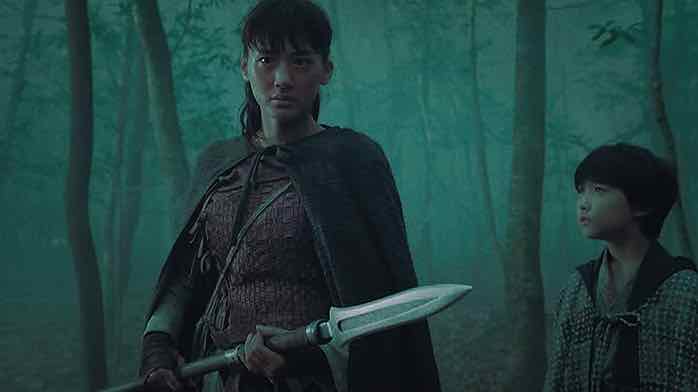
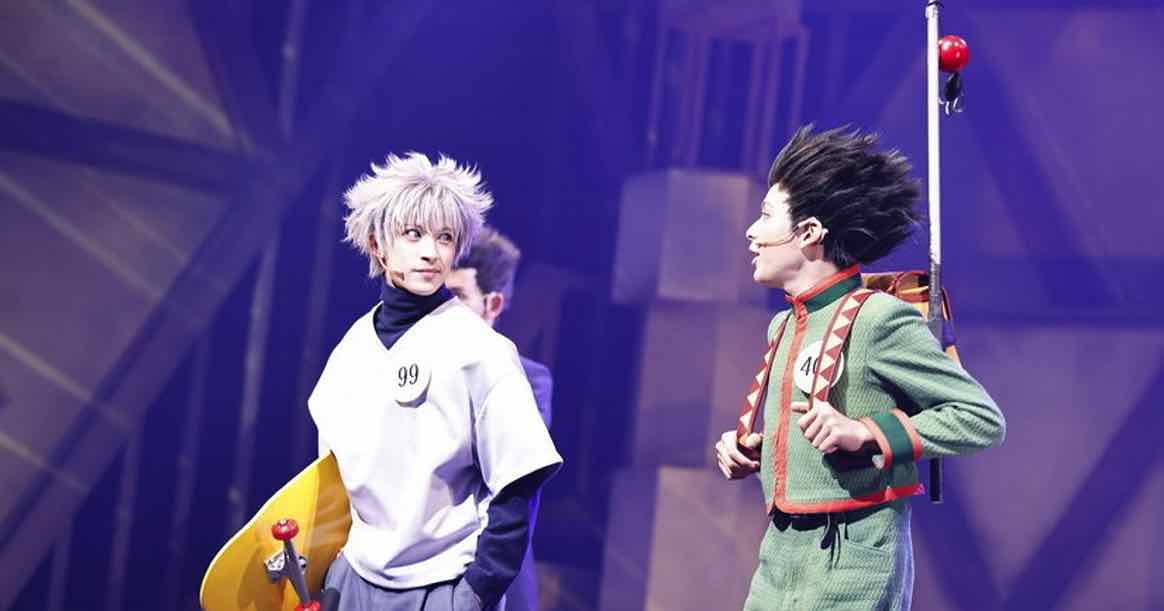

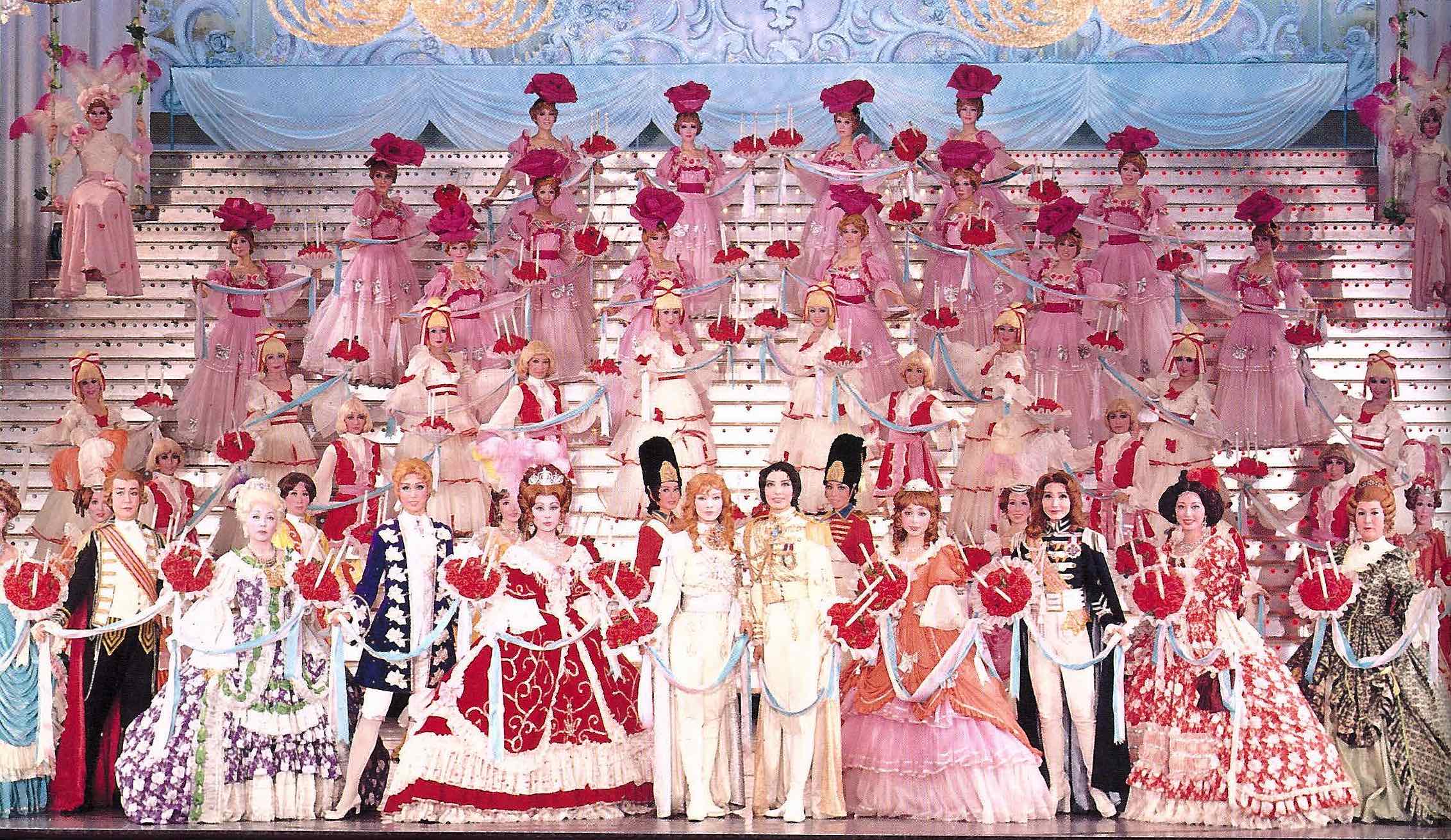

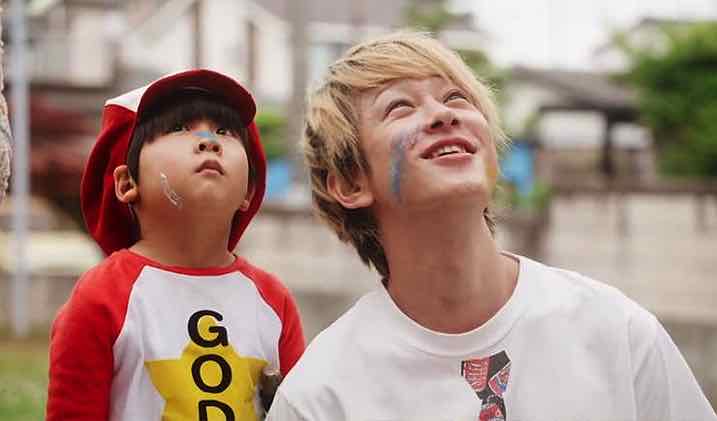
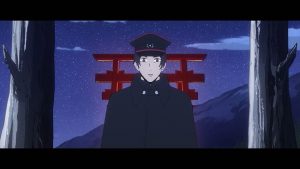

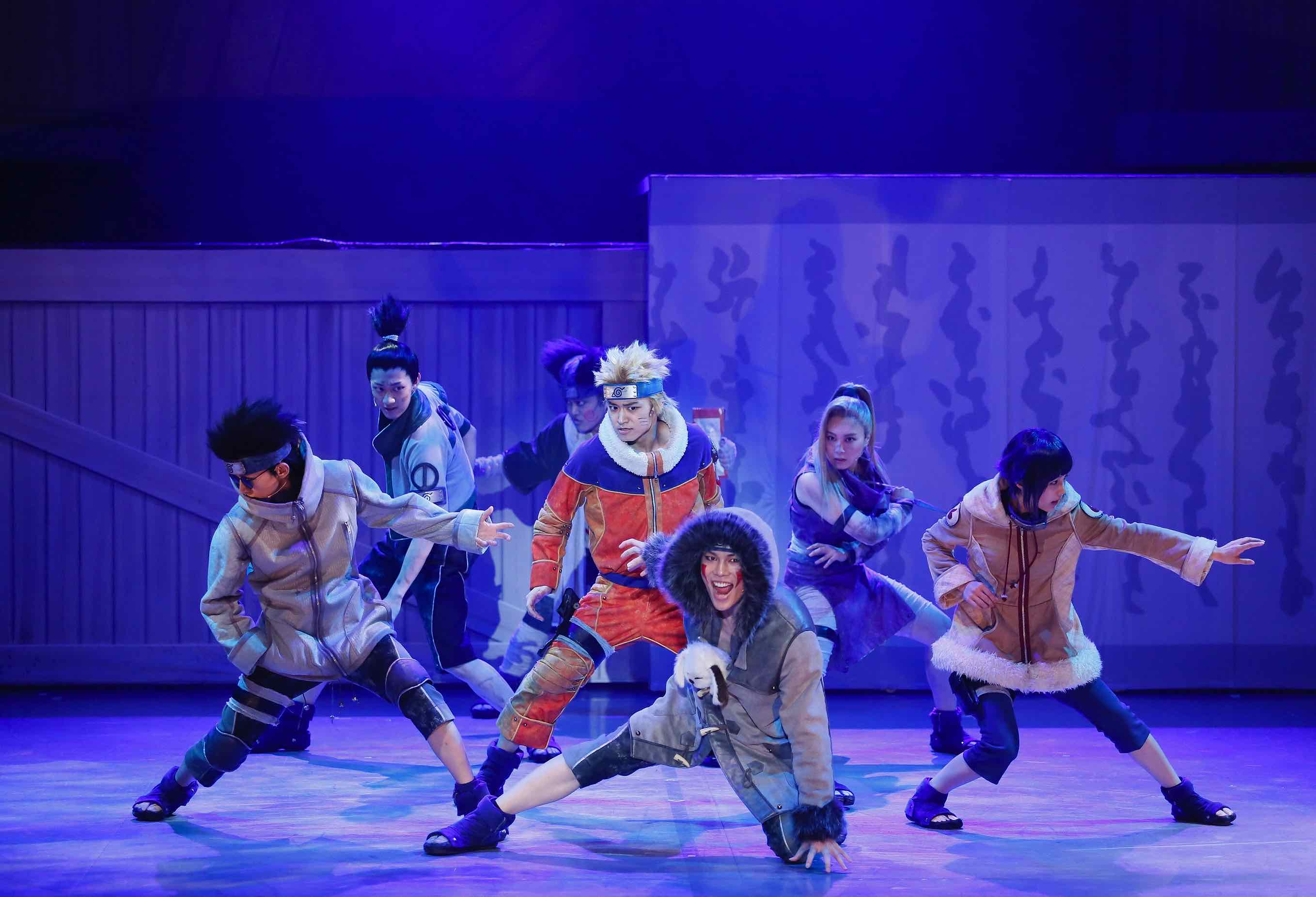
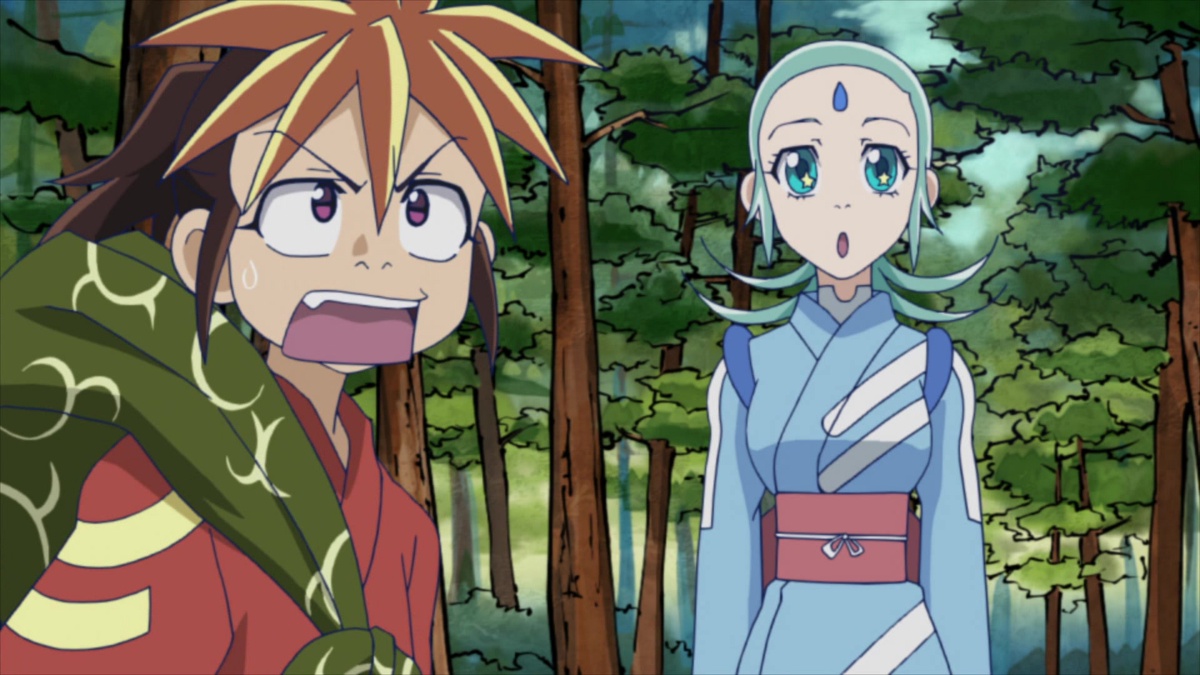


Princess Usagi
October 15, 2023 at 8:38 pmVery, very occasionally 2.5D musicals do tour in the US! Four years ago, the Sailor Moon Super Live stage show toured very briefly on the East Coast. I actually got to see it when it was in NYC and it was a cool experience. Not a huge amount of dialogue (which was good, because there were no subtitles), mostly events from a particular anime season acted out accompanied by songs from the anime/previous stage plays, with special effects. At the very end there was a sing along with optional glow sticks like at idol concerts, if you chose to shell out the money for the sticks (which I did not). It was a lot of fun just to experience it live and with an audience who was as excited as I was.
Guardian Enzo
October 15, 2023 at 10:03 pmI was not aware of that, thanks for pointing it out.
Snowball
October 15, 2023 at 9:14 pmI remember watching a few 90’s series like Kindaichi and GTO and they were quite decent, not full of the overacting that I find in a lot of the J-drama in recent years.
In terms of stage, I really enjoyed the very first two Hunter x Hunter musicals with the first set of voice actors. Hiroki Takahashi as Hisoka was the highlight for me.
I would like to see the live action films of Kingdom and Golden Kamuy, the characters look awesome.
Guardian Enzo
October 15, 2023 at 10:05 pmThat hambone acting style is a deal-breaker for me with most J-dramas. I didn’t find Moribito or Boku Dake to suffer from it, though. Kotarou wa Hitorigurashi a bit, but not egregiously so.
SeijiSensei
October 15, 2023 at 9:40 pmNodame Cantabile spawned both anime and live-action adaptations, and of the two, I prefer the anime. I find Japanese comedic acting to have way too much “mugging,” and Nodame had that in spades. I grew tired of watching Ueno Juri as Nodame because of her style of acting. However the S orchestra’s performance of “Rhapsody in Blue” in the live-action was wonderful. All the young musicians recruited to play that scene are having a blast. The anime couldn’t capture that same spirit of enthusiasm.
The live-action version of Bartender was pretty decent. They gave the Ryuu/Miwa relationship more romance than the anime, but it helped to create continuity in an episodic set of stories.
Guardian Enzo
October 15, 2023 at 10:06 pmI didn’t see the Nodame live-action but I agree about the mugging for sure.
Anton Kutovoi
October 15, 2023 at 10:24 pm> This phenomenon tool a quantum leap with the Hunter X Hunter stage play (it’s had several since) in 2000, which made a splash by being the first to cast the anime seiyuu as their characters on-stage.
I would like to point out that first Sakura Taisen musical preceeds HxH musical by three years and it also had seiyuus reprise their roles (and arguably made a much bigger splash than HxH musicals). Sure, technically it’s a game adaptation, but there also was an anime by that point.
Raikou
October 16, 2023 at 10:40 amThe overacting part is something that I get used to when I watched Japanese Drama lol. There are some solid stories among all those J-drama. Most of the good J-Drama is from manga adaptation, but original J-drama has its own quality too.
Midnight Diner is my recommendation, having five seasons (two of them produced by netflix), from a manga adaptation and has a really good drama.
I agree that Kenshin movies are considered good in a Live-action adaptation. The story is really condensed but they did a good job to fit in with the movie duration (with some choices that I don’t agree with). The fight choreography is probably among the best in Japanese films, and Tatsuya Fujiwara portrays Shishio amazingly.
Guardian Enzo
October 16, 2023 at 10:46 amI like Midnight Diner a lot (some folks don’t realize it’s a manga adaptation). Obviously very well-suited to live-action.
Monymous
October 16, 2023 at 2:25 pmMy favorite live-action manga adaptation is Alice in Borderland (it’s ongoing, having been renewed for season three). It avoids the overacting you mentioned, which does seem to crop up in a lot of comedy adaptations (the live-action Mob Psycho 100 comes to mind).
Nicc
October 19, 2023 at 6:16 amThanks again for taking up the commission, Enzo! This is a topic that has held my interest for quite a while. After watching anime for some time, we’ll eventually run across the live-action stuff while browsing around. I’d then read announcements about this-and-that series getting live-action adaptations. I’ve always wondered if they were worth watching or if it was going to be a cheesefest of overacting, like you mentioned. Stage plays are something I’ve read about, but have never seen. Thanks to this post and recommendations from fellow Lostinanimers, it looks like there are some shows and movies worth seeking out.
Guardian Enzo
October 19, 2023 at 6:31 amThanks for requesting it, and for all you do! You’re the true MVP for sure.
Faceless Grunt
October 24, 2023 at 6:47 amLovely post! Skimming through Anime News Network’s site, it became clear that stage shows are a huge, reoccurring thing in Japan. It’s nice to read something about it that goes beyond “Actor B takes up role G in stage play based upon manga X”.
That picture of the Takarazuka Revue looks somewhat bizarre. The actors, clothing and set are polished to an uncanny degree. I guess it would work better if you’ld look at them from a larger distance
Guardian Enzo
October 24, 2023 at 7:03 amEverything about the Takarazuka Revue is grand and larger than life (including the scandals, like the one currently unfolding).